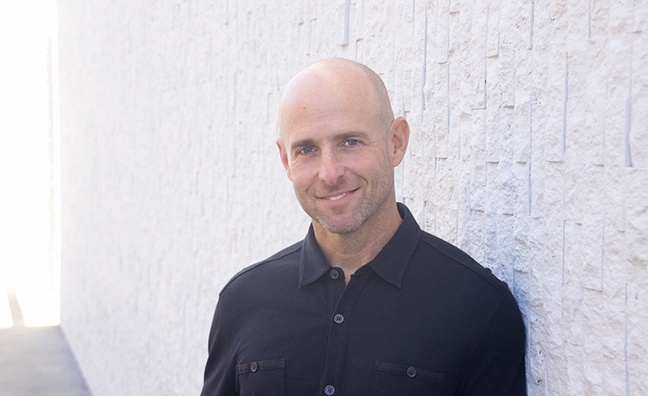Ticketmaster’s David Marcus has tipped the firm’s new Verified Fan programme to “drive a cultural shift” in the live business, ahead of its UK expansion.
The scheme is designed to keep tickets away from touts and bots by using algorithms to establish if customers are real fans. Once verified, registrants receive a code giving them a chance to buy tickets.
“The premise of Verified Fan is based on the data given to us by consumers,” Marcus, Ticketmaster North America’s EVP, head of music, told Music Week. “We can tell whether you’re likely to use the tickets you buy. If we believe you’re likely to resell them, we don’t invite you to buy them.
“Less than 5% of the tickets we distribute end up on the secondary market.”
Marcus said the success of the scheme, which has been utilised for Bruce Springsteen’s current Broadway run, was “beyond expectations”.
“[Springsteen] is one of the biggest artists in the history of rock’n’roll, with a fanbase that is beyond committed. If you’re a scalper, that’s a dream tour - bots would be loaded up for that,” he said.
“Only 3% of the tickets we distributed went to the secondary market. It couldn’t have gone better. We cut down on the availability of those tickets on the secondary market by a factor of 10.”
Following a successful US launch, the initiative was piloted across the pond for Paolo Nutini’s one-off 550-capacity show at Paisley Abbey on October 20. It will be fully rolled out in the UK in 2018.
“We can start to take what we learned and export it here,” noted Marcus. “It’s going to drive a cultural shift in every aspect of the live entertainment business.”
Ticketmaster owns the Seatwave and Get Me In resale sites, but Marcus does not believe that puts them at cross-purposes.
“The problem with resale, from our perspective in the US, is not the act of reselling a ticket for a profit, but the harvesting of tickets at the expense of the real fans at the outset,” he said. “There’s a place for resale, but it’s not in the place of the primary transaction.
“We decided that we needed to do a better job getting the distribution right the first time, so that resale can find its natural place in the ecosystem. We can be in both businesses - they can fit together and they should fit together - we just have to harmonise them a little bit.”












